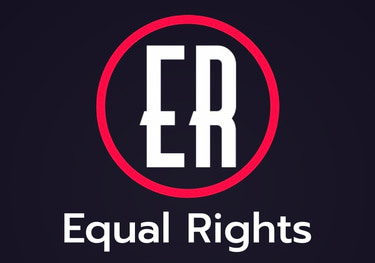Restorative Justice & Community Healing:
Models for a More Equitable Society
Kylo B
4/19/2024
Restorative Justice & Community Healing: Models for a More Equitable Society
Restorative justice represents a transformative approach to addressing harm, fostering accountability, and promoting healing within communities.
Unlike traditional punitive justice systems, restorative justice focuses on repairing relationships, meeting the needs of those affected by harm, and restoring community trust.
In this article, we explore the principles of restorative justice, its impact on community healing, and models for implementing restorative practices to build a more equitable and inclusive society.
Understanding Restorative Justice
Restorative justice is a philosophy and set of practices that prioritize repairing harm caused by wrongdoing, rather than solely punishing offenders.
Key principles of restorative justice include:
Accountability: Encouraging offenders to take responsibility for their actions and make amends directly to those affected.
Healing & Repair: Emphasizing the needs of victims and affected parties by addressing harm and restoring relationships.
Community Engagement: Involving stakeholders in a collaborative process to address underlying causes of conflict and promote collective well-being.
Transformation: Seeking to transform relationships, behaviors, and systemic issues that contribute to harm.
Principles of Restorative Justice
Encounter & Dialogue: Bringing together offenders, victims, and affected community members in facilitated dialogues to discuss the impact of the harm and find collective solutions.
Accountability & Responsibility: Encouraging offenders to acknowledge the harm they caused, take responsibility for their actions, and actively participate in making things right.
Repair & Restitution: Supporting victims in identifying their needs and facilitating restitution or reparations to address the harm they experienced.
Community Engagement: Involving the broader community in the restorative process to foster understanding, empathy, and support for those affected.
Impact of Restorative Justice on Community Healing
Restorative justice contributes to community healing in several ways:
Empowerment & Agency: Restorative practices empower individuals to participate in the resolution process and have a voice in shaping outcomes.
Trauma-Informed Approaches: Restorative justice acknowledges and responds to the trauma experienced by victims and offenders, promoting healing and resilience.
Building Trust & Solidarity: By promoting dialogue and collaboration, restorative justice builds trust and solidarity within communities, strengthening social bonds.
Preventing Recidivism: Restorative approaches reduce the likelihood of repeat offenses by addressing underlying causes of harm and promoting personal growth and accountability.
Models for Implementing Restorative Justice
Restorative Circles: Facilitated meetings where participants share their experiences, discuss harm, and collaboratively develop solutions.
Victim-Offender Mediation: Structured dialogues between victims and offenders mediated by trained facilitators to address harm and promote accountability.
Community Conferencing: Bringing together stakeholders, including victims, offenders, and community members, to collectively address harm and develop plans for repair and reconciliation.
Restorative Practices in Schools: Implementing restorative approaches in educational settings to address conflicts, build relationships, and promote positive behavior.
Challenges & Considerations
Implementing restorative justice may face challenges, including:
Resource Allocation: Adequate funding and support are needed to train facilitators, implement programs, and sustain restorative practices.
Cultural Sensitivity: Restorative practices must be culturally responsive and inclusive, considering diverse values, beliefs, and community norms.
Systemic Barriers: Addressing systemic inequalities, power dynamics, and structural issues requires broader societal and policy changes.
Restorative justice offers a transformative and human-centered approach to addressing harm, fostering accountability, and promoting community healing.
By prioritizing relationships, empathy, and collective well-being, restorative practices have the potential to build more equitable and inclusive societies where individuals are valued, conflicts are resolved constructively, and healing is prioritized over punishment.
Embracing restorative justice principles can lead to profound positive impacts on individuals, communities, and the justice system, paving the way for a more just, compassionate, and interconnected society.
